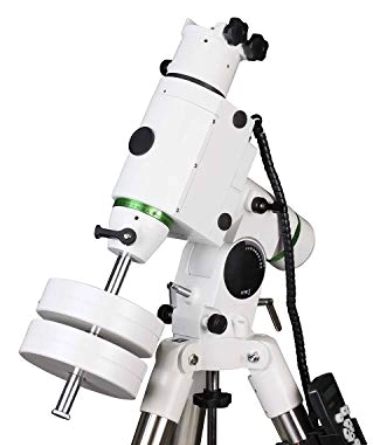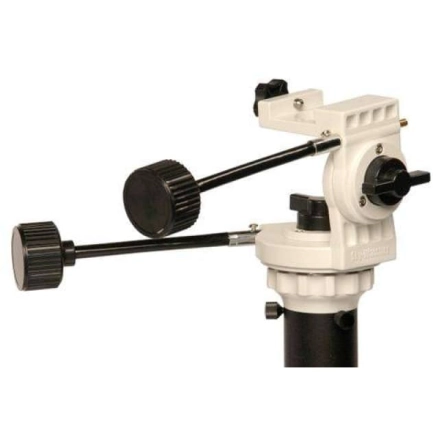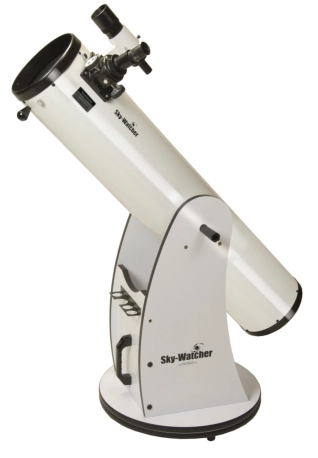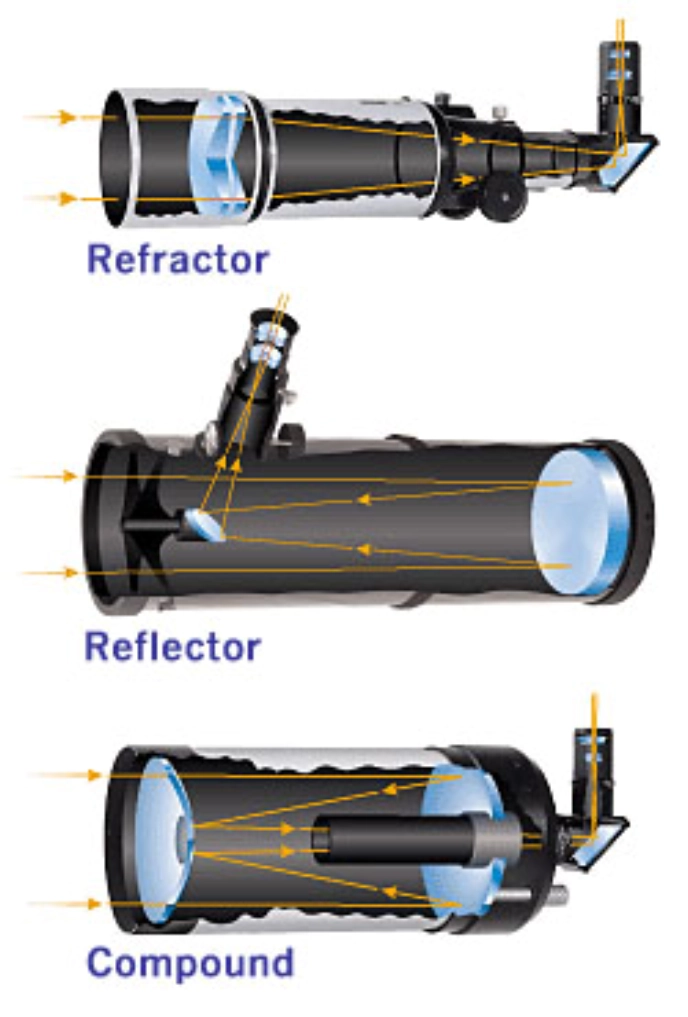What To Buy
What to buy?
There are many factors that you need to take in to account when buying your first telescope setup. The two main factors are:
•Budget
•What you want to view through it and how you want to view it
For some mounts you also need to take in to account how physically fit and strong you are as some mounts are ridiculously heavy. You also need to think about what you would be comfortable using, but, following the tutorials on this website will help you to build your confidence.
Types of telescope:
This picture shows the three main types of telescope. They each have their own strengths but are used for differing objects. Starting with the compound style these telescopes (also known as a Schmidt-Cassegrain (SCT) or a catadioptric telescope) pack a very long focal length in to a very short tube which makes them very portable. These have correcting glass at the front to correct spherical aberration present in the primary lens at the back. Reflector telescopes work similar to SCT’s but these have shorter focal lengths and don’t have the corrector glass at the front so these can be bigger than SCT’s. Refractor telescopes use one lens at the front and the light passes straight through to the eyepiece or camera sensor.
Mount:
The most important purchase you will make is the mount. This is what will hold all of your equipment and the type of mount chosen will decide the direction that your hobby goes in. The 3 main type of mount are:
Equatorial (EQ or GEM)
•This is best for all round visual and imaging
•This is the only option for long exposure astrophotography
•Allows for any length exposure
•Can take a while to get used to operating
Alt-Az (Altitude-Azimuth)
•Great for visual astronomy
•Lunar & planetary imaging only
•Exposures up to 30 seconds only
•Portable and light mount & tripod
Dobsonian
•Ideal for visual beginners
•You can get a lot of telescope & mount for your money
•Exposures up to 30 seconds only
•Useful for Lunar & planetary imaging only



If you are certain that astrophotography is the side of the hobby that you want to get in to then the only option is an equatorial mount. This is the only one of the three above that will allow for exposures longer than 30 seconds (without major, expensive upgrades) that you will need for objects like Nebulae and Galaxies. If you are just interested in visual/planetary and Moon imaging the either the Alt-Az or Dobsonian are ideal. If you are not already a member of a local astronomy group then it will be worth joining one as you will be able to look at the members telescopes and mounts to aid you in making a decision.
Camera:
Cameras can vary from small web-cams that cos a few quid all the way up to dedicated CCD cameras that can cost thousands of pounds. Like everything else in this hobby the type of camera you buy will be down to your budget. Web-cams and point & shoot camera’s are good, cheap ways to enter in to astrophotography but they have their limitations when it comes to exposure & ISO settings.
DSLR (Digital Single-Lens Reflex) cameras are the middle ground in astrophotography and tend to be the workhorse in the hobby as most people either already have one or are in a better position to afford one compared to the very expensive high-end dedicated astro cameras and you can take amazingly stunning images with a DSLR.. You are ably to connect almost any manufacturers DSLR to a telescope via a T-Bar connector that is specifically made for your brand. The beauty of these cameras is the ability to control every element of the camera from the exposure length through to the ISO settings etc,…..
Dedicated astro CCD imaging cameras are the top end of astrophotography and can cost from around £500 to several thousands. The best ones are mono cameras teamed up with filters like Hydrogen-Alpha (H-a) / Oxygen-III (O-III) and S-II (Sulpher-II) to give the best clearest and most stunning images. If you are no a budget then get on eBay or Facebook Marketplace and get searching for some bargains.



